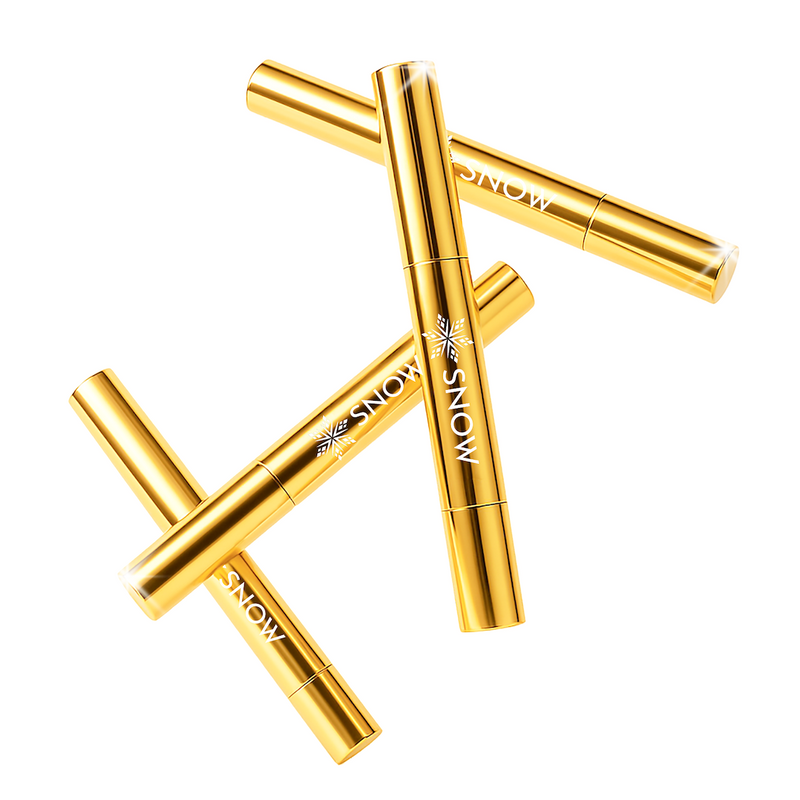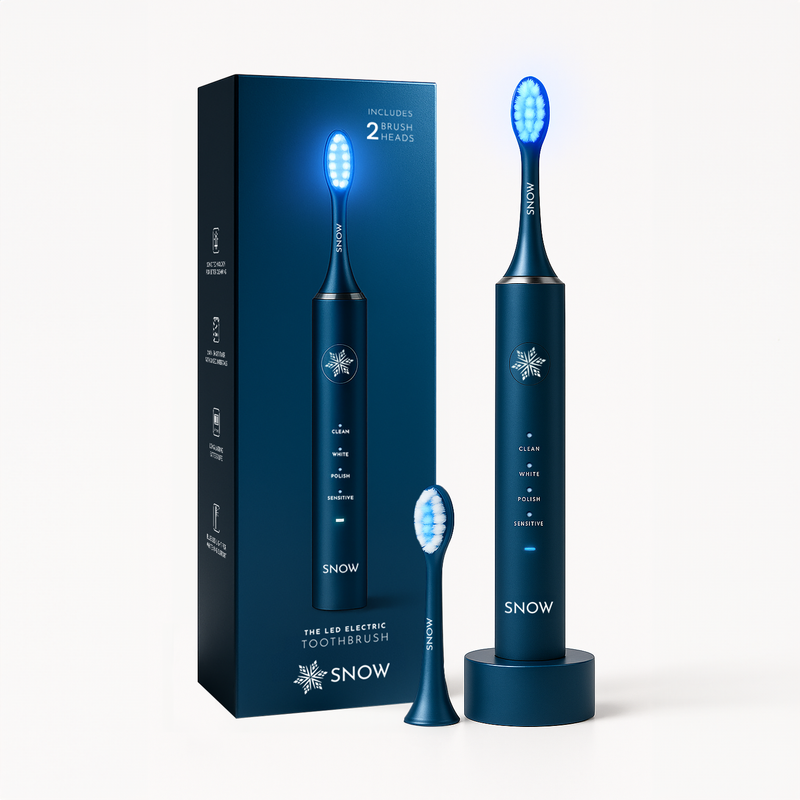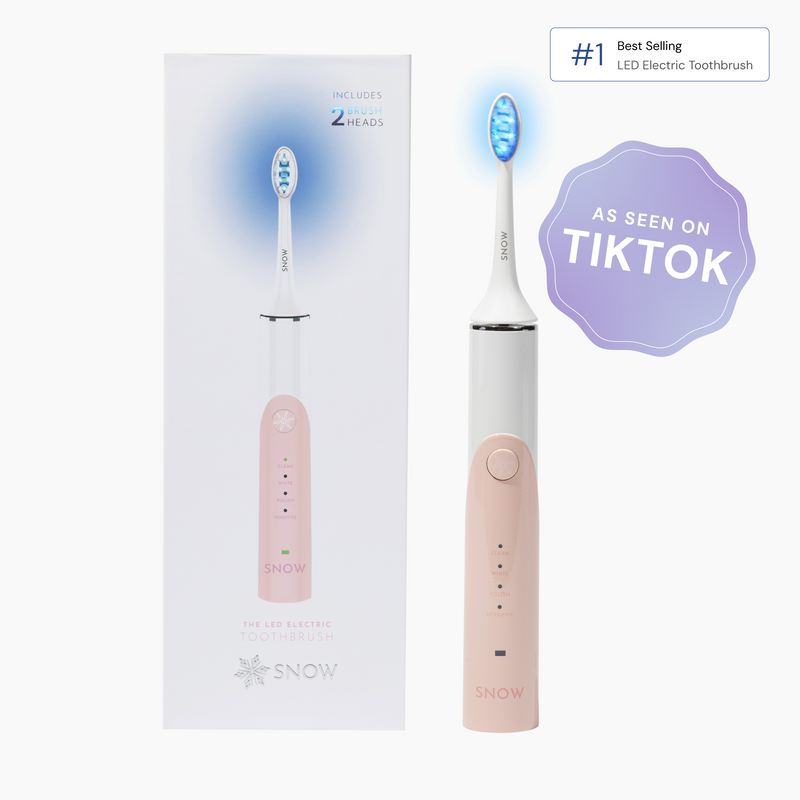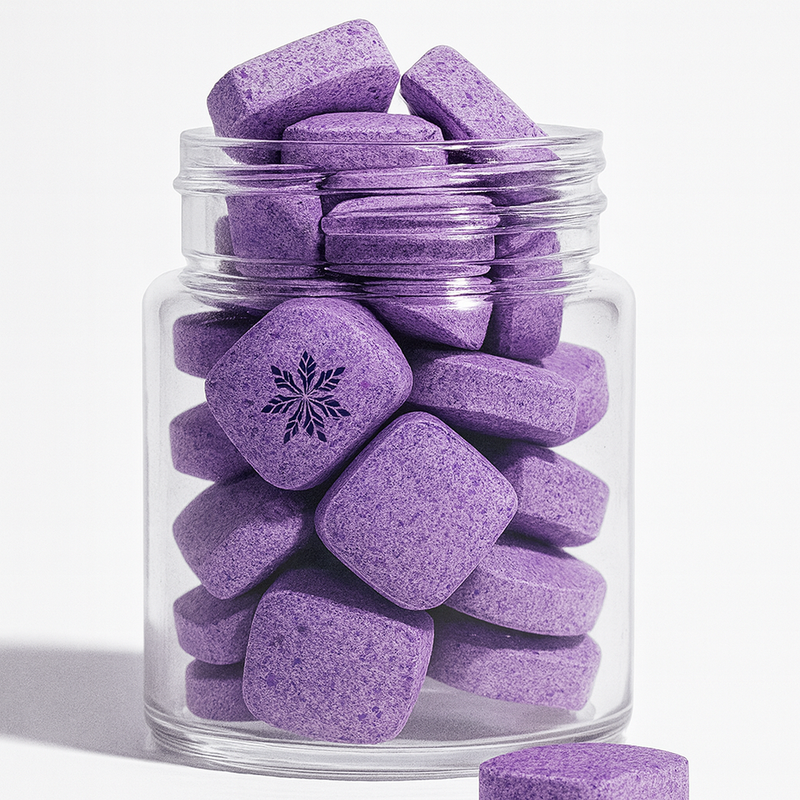The question of "dental pick vs floss" is common for anyone looking to optimize their oral hygiene routine. Both tools clean between teeth but offer different benefits.
In this article, we'll describe the key differences between floss and dental picks, the advantages of each, and how they contribute to maintaining a clean smile.
We'll also provide guidance on the proper use of these tools and answer frequently asked questions to help you make the best choice.
Let's dive into the comparison to determine which tool might be the best fit for your needs.
What this article covers:
- Floss vs. Dental Picks
- Advantages of Floss Picks vs Dental Floss
- The Importance of Flossing
- How to Floss with Dental Picks
- How to Floss with Dental Floss
- How Often Should You Floss?
- Other Dental Hygiene Practices
- FAQs
Floss vs. Dental Picks
Floss, which is typically made from nylon or plastic monofilaments, is a classic tool recommended by dental professionals for its effectiveness in cleaning tight spaces between teeth. It excels at removing plaque and food particles that can build up and lead to gum disease.
That said, traditional floss can be tricky to use for those with limited dexterity or tightly spaced teeth.
For those looking to take their flossing routine up a notch, the SNOW Activated Charcoal Whitening Floss combines advanced whitening with activated charcoal for superior plaque removal.
The smooth, waxed fibers are gentle on gums, and the refreshing peppermint flavor leaves your mouth feeling clean and fresh.
On the other hand, dental picks offer a convenient and user-friendly alternative. These small plastic tools come pre-threaded with a short length of floss, making them easier to handle and for reaching the back teeth.
For a convenient solution on the go, SNOW Charcoal Whitening Floss Picks offer an effective way to clean between your teeth. Made from 100% recycled BPA-free plastic, they are environmentally friendly and designed for superior performance in tight spaces.
If you’re curious about mastering floss picks for your oral care routine, you’ll find a detailed guide on how to use floss picks.
These simple tools make it easier to reach back molars with minimal effort. Proper technique involves a gentle back-and-forth motion and careful cleaning along the gumline.
Learn step-by-step tips on selecting, positioning, and maneuvering your floss pick in our comprehensive how-to article.
The refreshing peppermint flavor makes them easy to use and perfect for maintaining oral hygiene wherever you are.

Advantages of Floss Picks vs Dental Floss
When comparing floss picks to traditional dental floss, each has unique advantages that cater to different needs. We'll dive into these benefits to help you understand which option might be better suited for you.
Easy To Use
The compact design of a floss pick, with a short length of floss pre-threaded between two prongs, makes it easy to hold and maneuver.
The handle of the floss pick provides a firm grip, allowing users to glide the floss between their teeth without wrapping floss around their fingers, which can be uncomfortable or awkward.
Floss picks simplify the process, making it quicker and more efficient, which is beneficial for individuals who are new to flossing or those who want to maintain a consistent oral hygiene routine.
Usable In Different Ways
The dual-purpose design of many floss picks offers an advantage over traditional floss. Most floss picks feature a flossing end and a pointed end or brush, allowing users to address different types of interdental spaces.
Helps Fight Gingivitis
Both floss picks and traditional dental floss are effective tools in the fight against gingivitis, a common gum disease caused by plaque buildup.
By regularly breaking up the plaque that accumulates between teeth, floss picks help prevent the bacteria from forming colonies that can lead to cavities and gum disease.
This is important for maintaining gum health and preventing gingivitis, as flossing disrupts the bacteria's ability to settle and proliferate.
The key is consistency—whether using floss picks or traditional floss, regular interdental cleaning is essential for keeping your gums healthy and preventing the onset of gingivitis.

The Importance of Flossing
Our research indicates that flossing is a critical component of maintaining good oral health. Neglecting to floss can lead to the buildup of plaque, which can harden into tartar and cause inflammation of the gums, known as gingivitis.
By cleaning between your teeth, flossing reduces the risk of gum disease, cavities, and other oral health issues that can develop over time.
Regular flossing, when combined with brushing, ensures that your teeth and gums stay healthy, preventing the progression to more severe conditions like periodontitis, which is a leading cause of tooth loss.
How to Floss with Dental Picks
Our findings show that using dental picks is straightforward. Begin by holding the handle of the dental pick firmly and gently insert the floss between your teeth.
Move the floss back and forth in a saw-like motion to reach below the gum line, ensuring you clean both sides of each tooth.
After cleaning between one set of teeth, remove the pick and rinse it before moving on to the next set.
How to Floss with Dental Floss
To floss correctly, start by using about 18 inches of dental floss, winding most of it around one of your middle fingers and the rest around the same finger of the opposite hand.
Next, gently guide the floss between your teeth using a back-and-forth motion. Once the floss reaches your gumline, curve it into a C-shape around one tooth and slide it between the gum and tooth.
Use an up-and-down motion to clean the side of the tooth, then repeat the process on the adjacent tooth.
Continue this process for all your teeth, including the back molars, to ensure a thorough clean.

After flossing, rinse your mouth with water to remove any dislodged debris.
When it comes to choosing between wax floss vs glide, both have their merits. Wax floss is known for its ability to slide easily between teeth, while glide floss is often preferred for its smooth texture.
How Often Should You Floss?
Flossing is a daily habit that should be part of your daily hygiene routine. We recommend flossing at least once a day, ideally before brushing your teeth.
By making flossing a part of your daily routine, you can reduce your risk of developing dental issues and help keep your smile healthy.
Other Dental Hygiene Practices
In addition to regular flossing and brushing, several other dental hygiene practices are essential for maintaining optimal oral health.
These include using an antimicrobial mouthwash to reduce plaque and control bacteria that cause bad breath, and visiting your dentist regularly for professional cleanings and check-ups.
These practices work together to prevent cavities, gum disease, and other oral health issues.
Moreover, a balanced diet low in sugary foods and drinks can help protect your teeth from decay.
Drinking plenty of water, especially after meals, also helps wash away food particles and bacteria, reducing the likelihood of plaque formation.
For those considering additional tools, the choice between a water pick vs floss is worth exploring. A water pick, also known as a water flosser, uses a stream of water to clean between teeth, which can be effective for people with braces or other dental work.
When comparing an electric toothbrush vs water flosser, both offer unique benefits. An electric toothbrush provides thorough cleaning of tooth surfaces, while a water flosser, like our SNOW Water Flosser, excels at removing debris in a gentle manner.
FAQs
How often should you floss?
Based on our observations, flossing should be done at least once a day. Regular flossing helps prevent the buildup of tartar, reduces the risk of gum disease, and supports overall oral health.
Is flossing necessary?
Yes, flossing is crucial. It cleans the spaces between teeth where a toothbrush can't reach, helping to prevent cavities.
How many floss picks should you use?
Typically, you should use a new floss pick for each session to avoid reintroducing bacteria into your mouth. If you're flossing more than one time a day or cleaning multiple times between meals, you may need more than one floss pick.
Conclusion
The comparison between dental picks and floss highlights their distinct roles. Floss is effective for thorough cleaning between tight spaces, while dental picks offer convenience and ease of use for those who find traditional floss challenging.
We've discussed the importance of flossing, the correct techniques for using dental picks and floss, and how often you should incorporate these practices into your routine.
For the best results, add SNOW teeth whitening dental products to your regimen, designed to support a healthier, brighter smile.
If you want to learn more, why not check out these articles below:
- Dental Tape vs Floss
- Air Floss vs Water Floss
- Can You Use Whitening Toothpaste with Braces?
- Can I Use Fluoride Toothpaste After Whitening Strips?
- Can I Mix Baking Soda with My Toothpaste
- Can Toothpaste Cause Dry Lips
- How Much Toothpaste Should You Use?
- Fluoride vs Fluoride Free Toothpaste
- Types of Toothpaste
- How to Get White Teeth in 1 Day with Toothpaste
- Is It Safe to Use Whitening Toothpaste Everyday
- Best Toothpaste for Thyroid Patients
- Best Toothpaste for Smokers and Coffee Drinkers
- Best Water Flosser
- Best Dental Floss





































































